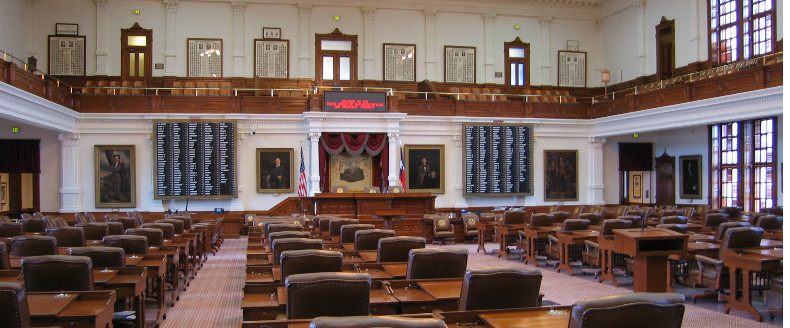Targeted online political advertising is only for the big dogs — true or false? A year ago, largely true: except for specialized outlets like Facebook, Twitter and Google, providers generally required campaigns to slap down a minimum of five figures to buy digital advertising targeted at particular sets of voters, for instance using voter-file targeting via cookies and other methods. But the ad-targeting world changed in 2014, with vendors like DSPolitical (via DemocraticAds.com), CampaignGrid (via CampaignGridDirect) and Targeted Victory launching “self-serve” platforms that allow down-ballot campaigns for state legislature, mayor, city council and even school board to buy banner ads and even pre-roll video ads (if enough volume is available) that appear on a huge range of content websites, all targetable at particular slices of their own electorates.
This change will transform the ways savvy state and local campaigns reach voters online. Why? In the past, these candidates could rarely access advertising channels that targeted only their constituents, much less particular voter segments or demographics. Think about a state legislative candidate in New York City: TV’s useless in tiny, convoluted districts except for geo-targeted cable, because almost every viewer will be outside the district and unable to vote for the candidate. Rural legislators often had better options, since they could leverage local radio, TV or newspapers. But even they would waste many ad impressions on people outside their district lines, on nonvoters or on voters immune to their messaging. A wasted ad is wasted money! Their best targeting options involved paper and shoe leather: direct mail and canvassing/phonebanking.
Self-serve platforms change this dynamic, giving small and/or local campaigns essentially the same online voter-targeting options that statewide or federal candidates have come to rely on over the past couple of election cycles. You need to reach registered voters in four specific zip codes who are female between the ages of 25 and 45? As long as your budget is big enough to hit the ad platform’s minimum (typically a few hundred dollars rather than tens of thousands), that’s no problem at all. And systems like DemocraticAds.com provide templates to allow campaigns without access to a graphic designer to create ads — all you need is a message, a target and a credit card to get running.
Though these platforms launched fairly late in the 2014 cycle, local campaigns have already jumped on them. Some 42% of the volume served on DemocraticAds.com this year was for state legislative campaigns, for example, in part because the Democratic Legislative Campaign Committee encouraged candidates to hop on board [Update: it turns out that the 42% number was for state rep/lower house races. If you add in state senate/upper house races, the percentage jumps to 63%]. As more campaigns begin to understand both the value of targeted advertising and the ease of buying it via self-serve portals, expect to see the percentage of local campaign budgets dedicated to targeted online ads jump dramatically…very likely, much to the dismay of direct-mail vendors. Voter targeting is going digital, up and down the ballot.
Photo of the Texas House Chamber courtesy Wikipedia. [Ed. note] I worked as a legislative staffer in this building from 1991 to 1995, so this view is very, very familiar.
– cpd


[…] donating to campaigns is still not in widespread use except for the largest of campaigns, but voter-file targeted ad spending is available for campaigns at all levels on the Democratic and progressive advocacy side thanks to […]